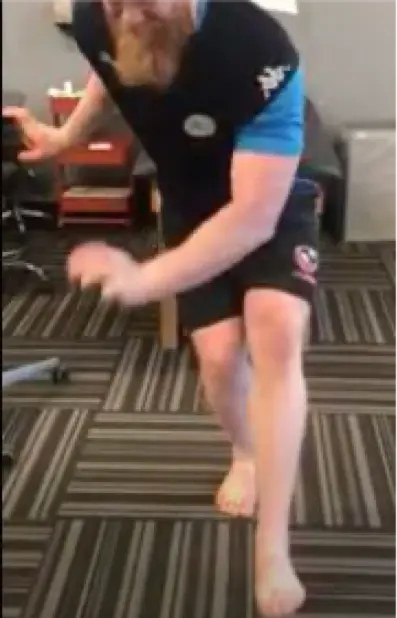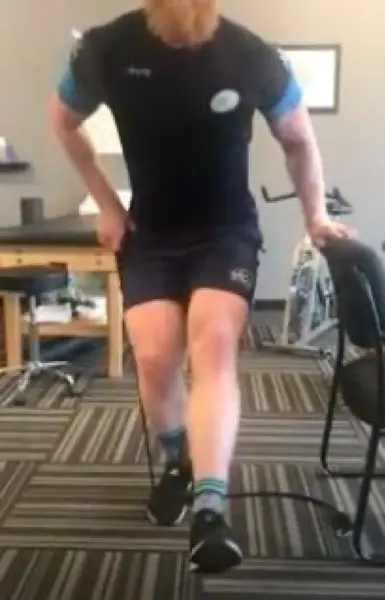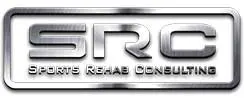Have you ever seen the inner workings of an old clock or pocket watch? There is something pretty special about how all the gears work together to make the arms move so that we can tell time. Our body functions in a very similar fashion, with a beautiful gear system that has to work together to make movement possible. In internet searches we see all the time that “strength” is the key to successful rehab from surgery or injury. The general message conveyed is “you just need to get stronger and everything will be better”. Which, to a certain extent, is relevant as gains in muscle strength are vital to a healthy recovery, but only represent 1 gear in the movement system. So what happens when you’ve been doing your strength program consistently but feel like you’ve ‘hit a wall’ or are still having pain. We hear it all the time. People come to the clinic and say those very words. “I am doing all my exercises that I was told to, but things still hurt and I actually don’t feel like I’m getting stronger.”
Should you take a break from your regimen? Should you do more work on flexibility and mobility? Should you start looking up or down the kinetic chain? Do you need to do all 3 options?
The answer is…..”It depends.” It depends on the individual and the numerous factors that all contribute to how that person is moving.
Successful injury rehabilitation programs are more than just trying to build strength to specific muscle groups. It is a matter of making all the gears work together to create efficient and proper movement patterns. Being able to fully appreciate how the body is moving above and below the injury is just as important as addressing the injured segment. If any of the joints, or gears, aren’t doing their job effectively, it is difficult for the whole system to work appropriately.
This brief post will illustrate how a high-level Professional and International rugby player struggled to effectively recover from his ACL reconstruction and how addressing his compensatory movements patterns above and below the knee joint helped him to return to his prior level of competition.

Initial assessment
The person shown above is an example of an individual I worked with that was, prior to his injury, a high level professional athlete. He was 9 months post right ACL reconstruction and was still experiencing knee pain, despite being in an intensive, structured strength program 5 days a week. He didn’t feel comfortable progressing to sports specific training or getting back on the field given his symptoms. He felt strong and his muscles were strong, but he hit a plateau in his recovery. And trust me, he was STRONG!
After looking deeper into how his body moved as a whole, I noticed that a number of other regions of his body were mechanically unsound. As you can see in the above picture, he’s struggling to perform a single leg squat without resistance. He is too forward bent at this trunk and his entire upper half has to rotate towards his injured leg for him to squat. It’s no wonder why he was still having knee pain. This type of compensatory movement pattern isn’t from lack of quad or glute strength, it is from poor comprehensive biomechanics. After a couple weeks focused on re-training the mechanics up and down the kinetic chain and getting “all of his gears to work together”, he was able to successfully perform a more sound, stable single leg squat as you can see in the image below. This eventually led to a smooth, quick progression to cutting, jumping, and running without any pain or functional deficits. In the end, our client had a very successful outcome, and was able to return to his prior level of competition and play internationally again against the top athletes in the world.

6 weeks later w/resistance bands
There are numerous adjustments that the body experiences after an injury and frequently those changes occur as the nervous system is required to adapt to the “post injury” or “post surgery” environment. This leads to compensatory movement patterns throughout the body and if those “new” patterns aren’t addressed appropriately, individuals will struggle to return to 100% recovery. This is a prime example of a high-level athlete struggling to fully recover from his injury, not for lack of effort or lack of strength, but from not having a broad enough rehab program, “geared” towards addressing full-body biomechanics.
